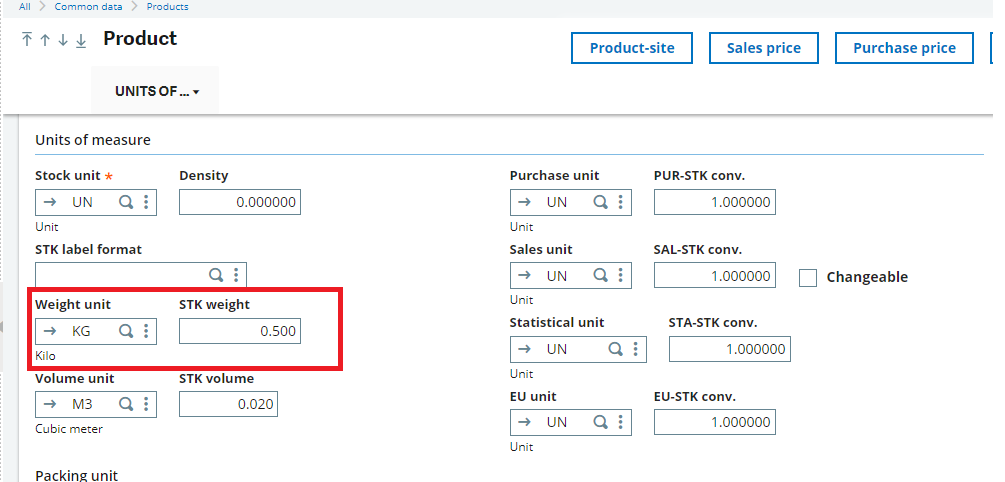Freight charge, also known as freight rate is the amount paid to a carrier company for the transportation of goods from the point of origin to an agreed location. The freight charge is calculated based on the type of mode of transportation and the distance between the pickup place and the place of destination.
The shipment of goods may be transported using freight prepaid or freight collect on the basis of the incoterm rules.
How Freight Rate is determined :
The cost which a shipper (the consumer or business providing goods for shipment) or consignee (the person or company to whom commodities are shipped) is charged for the transportation of goods is determined by a number of factors. The main factors in determining the freight rate are: mode of transportation, weight, size, distance, points of pickup and delivery, and the actual goods being shipped. All of these factors play their own independent role in determining the price or rate at which the freight will be transported but they are also all interconnected. When determining which mode of transportation will be used to deliver the freight to its destination there are many things which need to be taken into consideration which will all have an effect on the freight rate. Federal, State, and Local authorities all have their own laws and regulations with regards to the size, weight, and type of freight which can be transported on their roads. Transportation of freight by Rail, Water, or air craft all have their own regulations which take into account Federal, State, and Local regulations as well as safety concerns which contribute to the rate at which freight is transported.
Automatic Freight charges calculation in X3:
In Sage X3 we can have the freight charges calculated automatically by using the parameter FRENUM. With parameter FRENUM, it is possible to have the system calculates freight charges based on the invoicing element number entered in the FRENUM parameter and the weight and amounts that are defined in the carrier record.
To set this up, in Common data, Products, the product must have a Weight unit and a STK weight entered under the Unites of measure tab.

Once the weight is entered for the product, the next thing is to create or select the invoicing element (Setup, Sales, Invoicing elements) that is going to be entered in the FRENUM parameter.
The next thing to do is to enter the invoicing element into parameter FRENUM found in VEN Sales chapter for INV Invoicing rules group.
The next step is to enter the weight and charges for the Carrier (Common data, BPs, Carriers, Management tab). In this example, the freight charge is set to be a fixed amount of $10 plus there is an additional charge of $2 for each kilogram.
When entering the Sales delivery, the carrier can be entered on the Delivery screen or it can roll automatically to the delivery if the carrier is assigned to the customer record in the Ship-to customer section. Once the delivery is created, the freight charge cost will populate in the Invoicing element section.

